Application of TRIZ Theory in Noise Improvement of Vertical Refrigerated Display Cabinet
DOI: 10.23977/jemm.2020.050105 | Downloads: 53 | Views: 2752
Author(s)
Li Liu 1, Weimin Xie 1, Liang Huang 1, Haiming Chen 1
Affiliation(s)
1 Qingdao University of Science and Technology, Qingdao 261500, China
Corresponding Author
Li LiuABSTRACT
This paper takes the air-cooled vertical refrigerated display cabinet as the research object, analyzes and improves the noise problem of the vertical refrigerated display cabinet by using TRIZ theory. Firstly, the noise problem of vertical refrigerated display cabinet is clearly defined and the main noise sources are determined;secondly, the product noise problem is transformed into TRIZ problem model, and the problem model is determined to be a technical contradiction; secondly, the idealization level of each component is analyzed to determine the useful and harmful functions; finally, the invention is determined by using archishure general engineering parameters and contradiction matrix Principle and find a specific solution, effectively reduce the noise of vertical refrigerated display cabinet.
KEYWORDS
Vertical refrigerated display cabinet, TRIZ theory, Noise reductionCITE THIS PAPER
Li Liu, Weimin Xie, Liang Huang and Haiming Chen. Application of TRIZ Theory in Noise Improvement of Vertical Refrigerated Display Cabinet. Journal of Engineering Mechanics and Machinery (2020) Vol. 5: 22-27. DOI: http://dx.doi.org/10.23977/jemm.2020.050105.
REFERENCES
[1] Y.W.Zhang: TRIZ opens the golden key to innovation [M], Beijing: Science Press. 2018: 147-151.
[2] M.Zhao:TRIZ advanced and actual combat the invention method of Boulevard to Jane. [M]. Beijing China Machine Press, 2015: 308-320.
[3] T.S.Tao, W.C.Li. Application of TRIZ theory in noise improvement of refrigerator [J]. Electrical appliances, 2013 (S1): 99-103.
| Downloads: | 11122 |
|---|---|
| Visits: | 423149 |
Sponsors, Associates, and Links
-
Cybernetics and Mechatronics
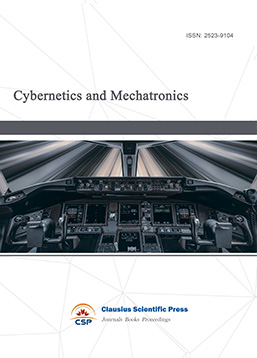
-
Digital Manufacturing and Process Management
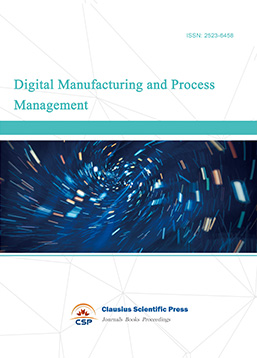
-
Ultra-Precision Machining Process
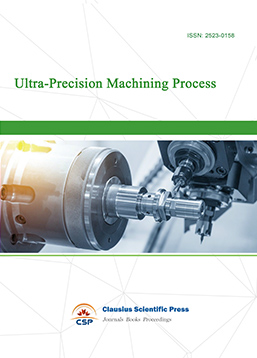
-
Journal of Robotics and Biomimetics
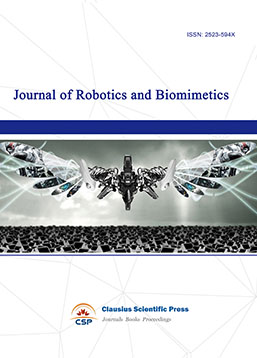
-
Prognostics, Diagnostics and Health Management
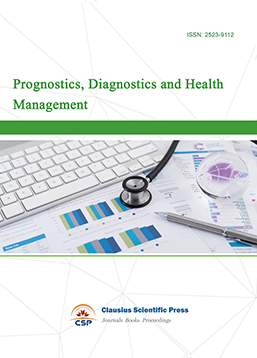
-
Micro-Electro-Mechanical Systems
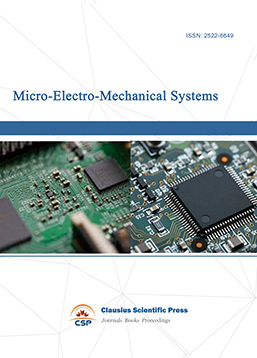
-
Journal of Precision Instrument and Machinery
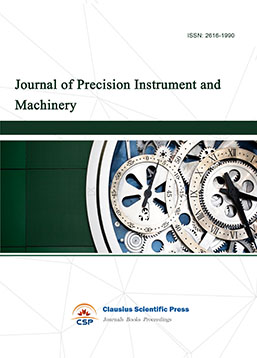
-
Engineering and Solid Mechanics
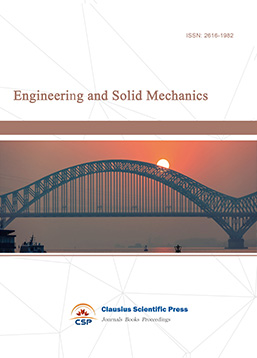
-
Fracture and Damage Mechanics
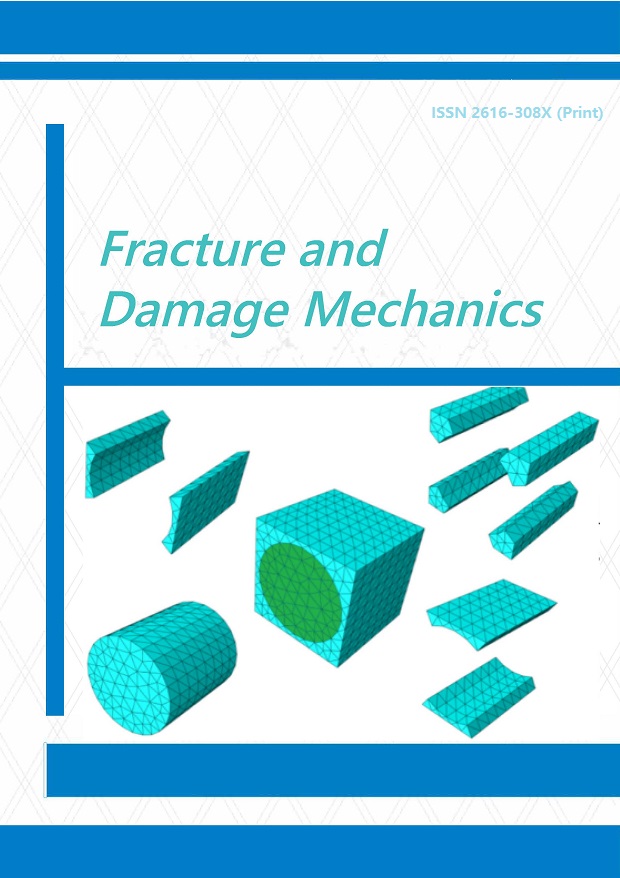
-
Frontiers in Tribology
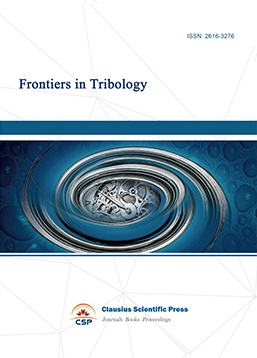
-
Fluid and Power Machinery
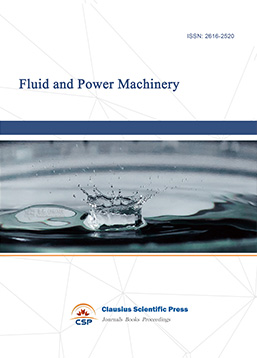
-
Chemical Process Equipment
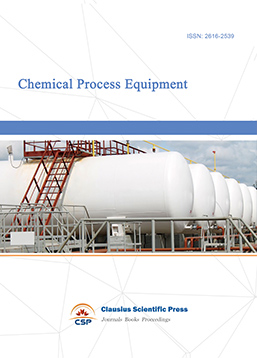
-
Journal of Assembly and Manufacturing
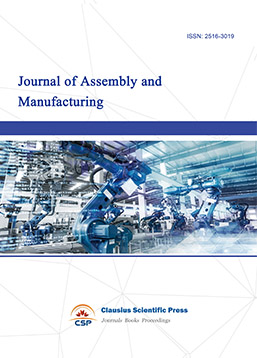
-
Mechanical Vibration and Noise
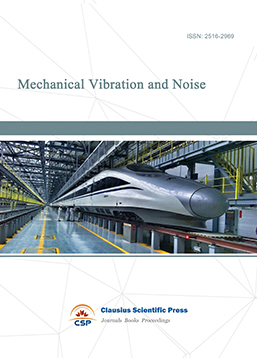

 Download as PDF
Download as PDF